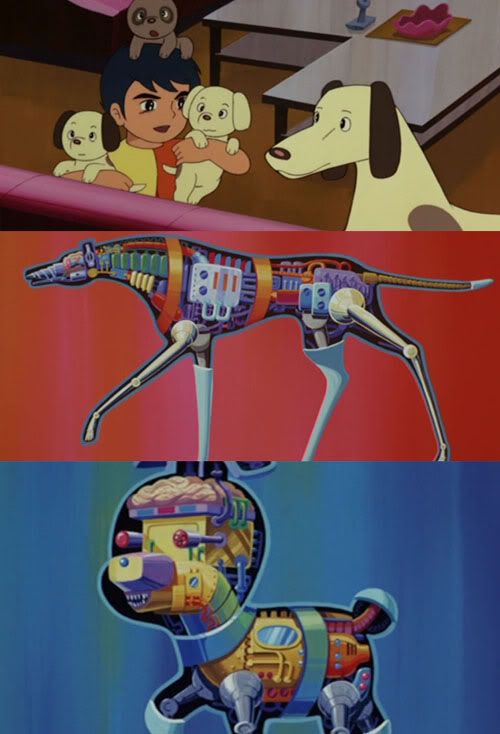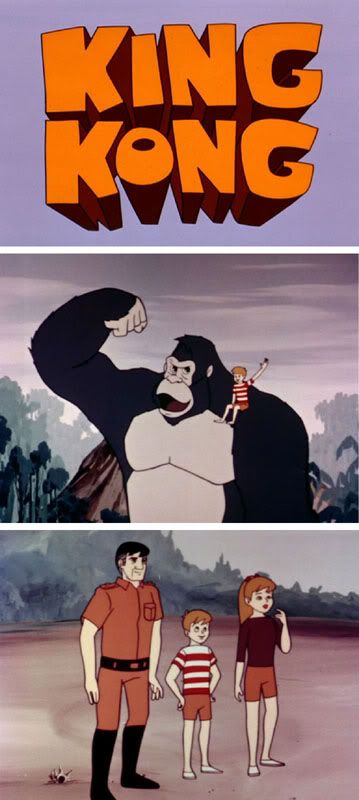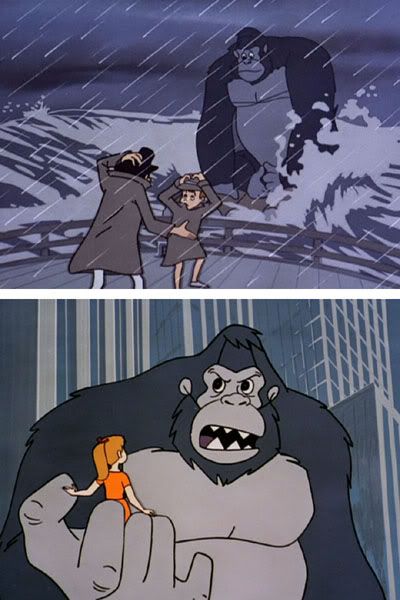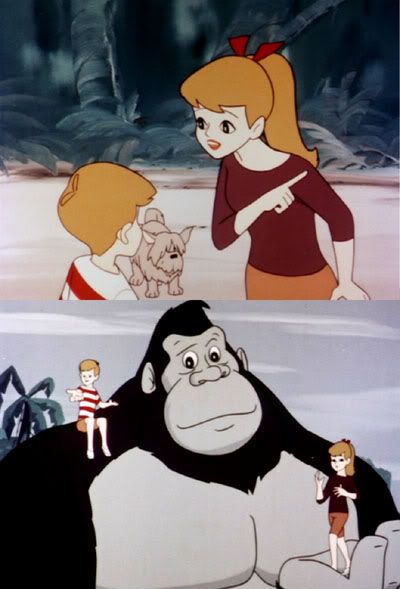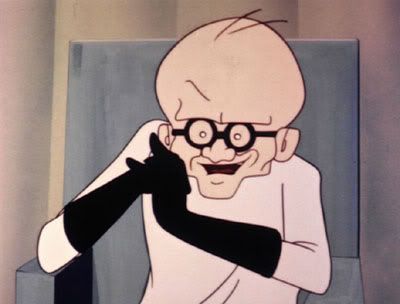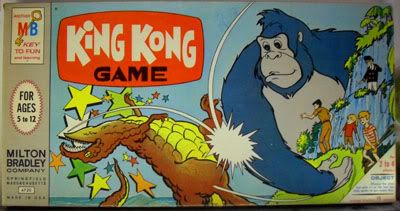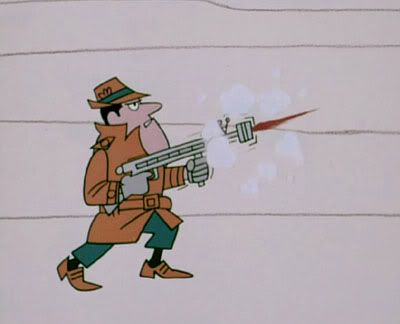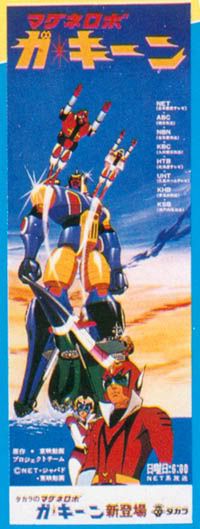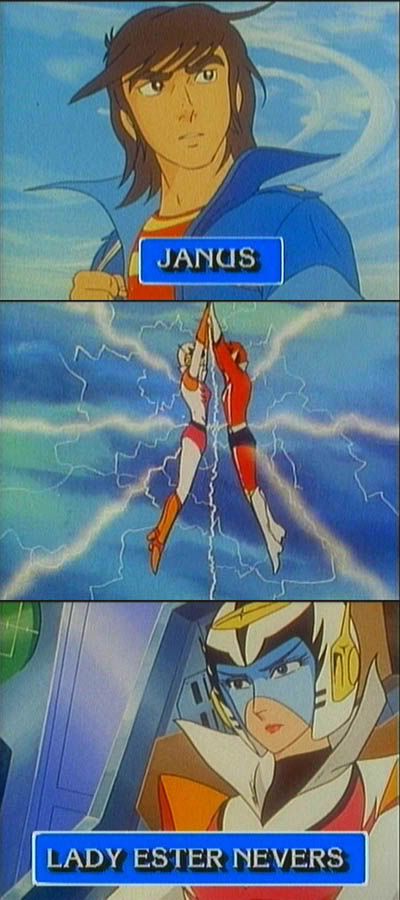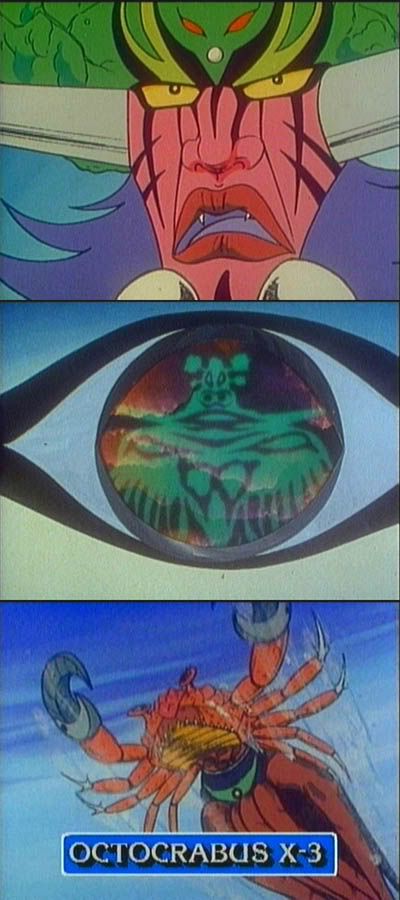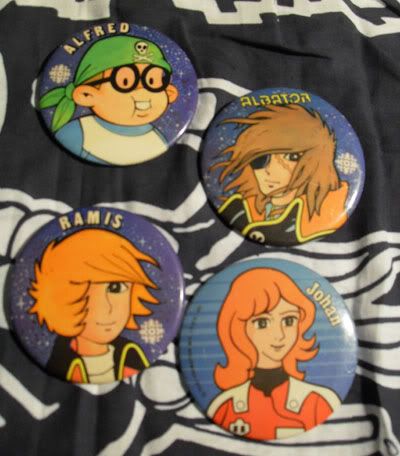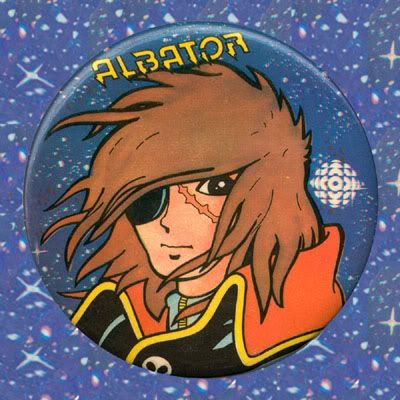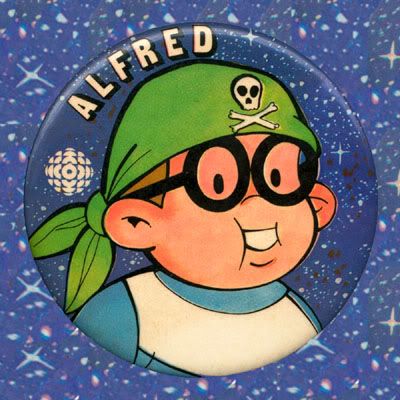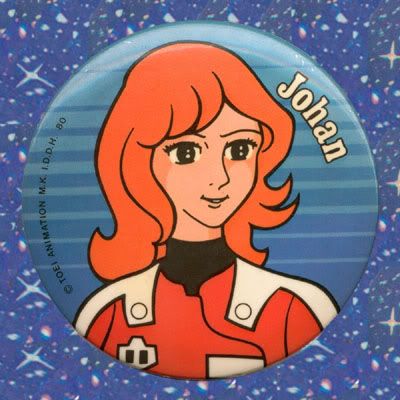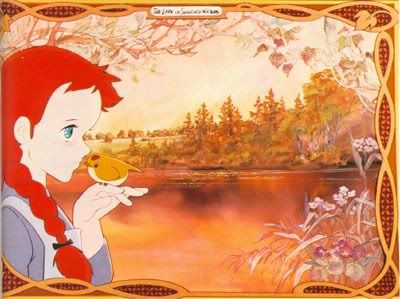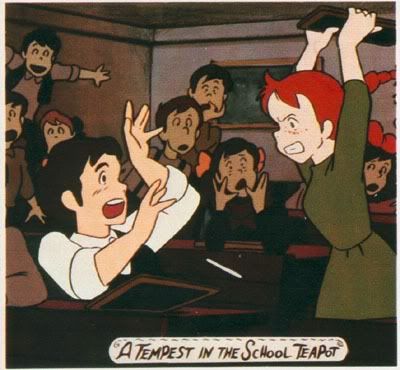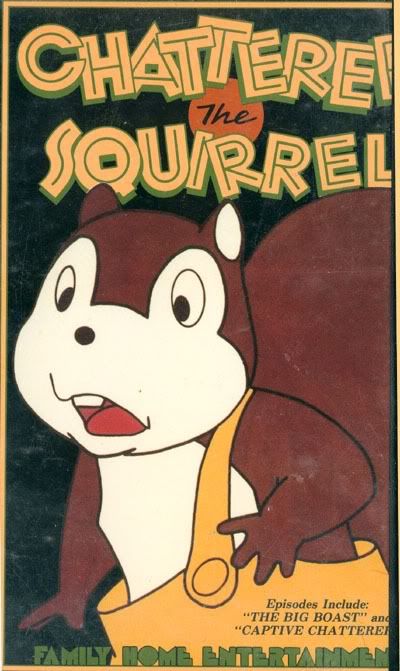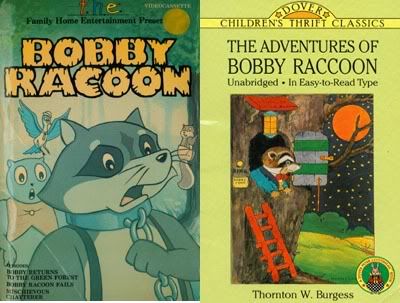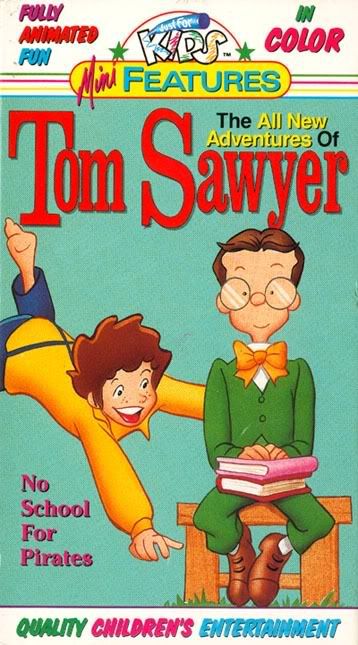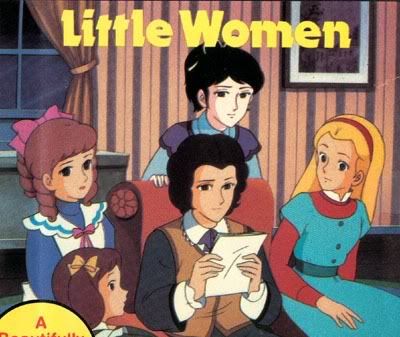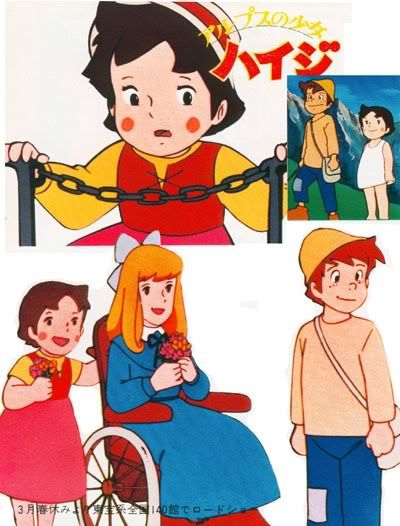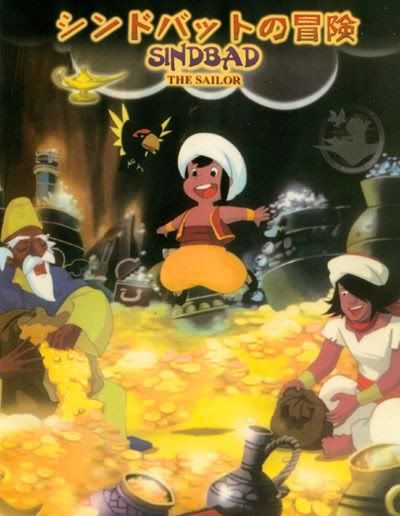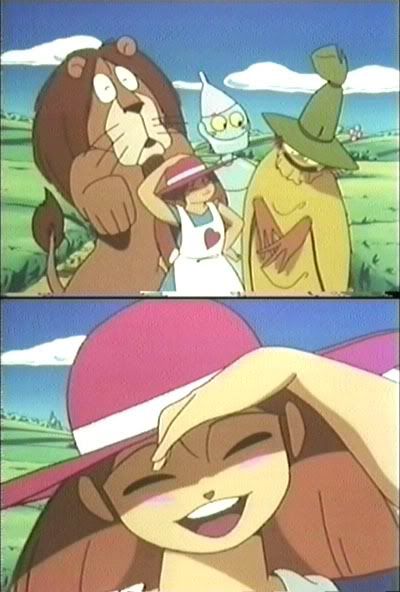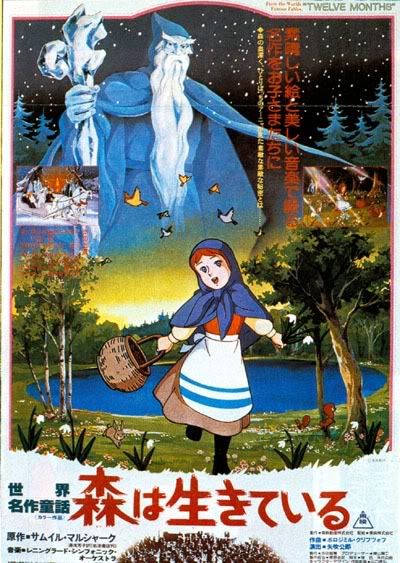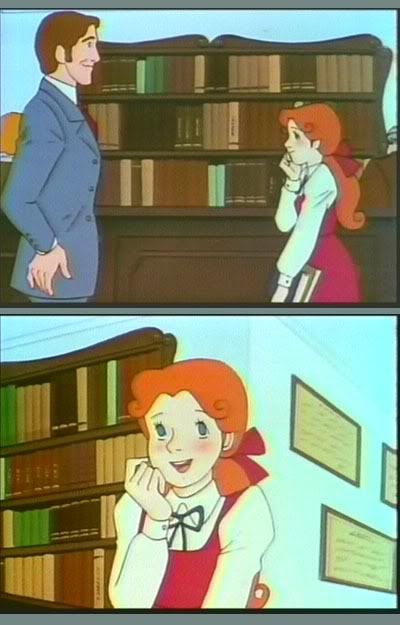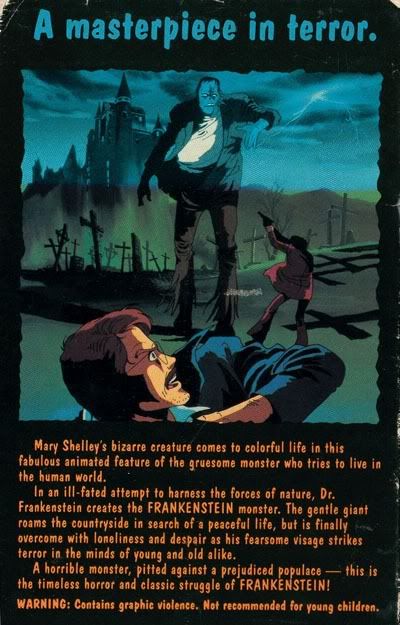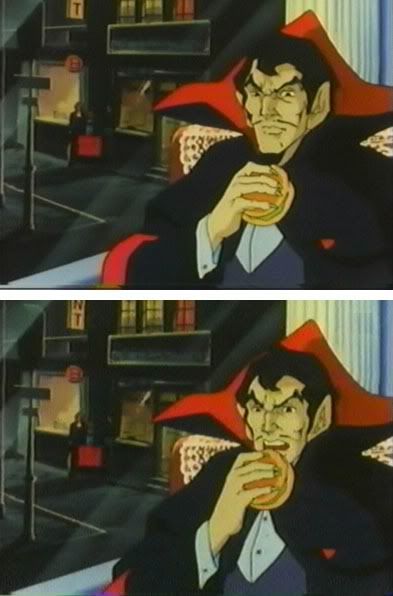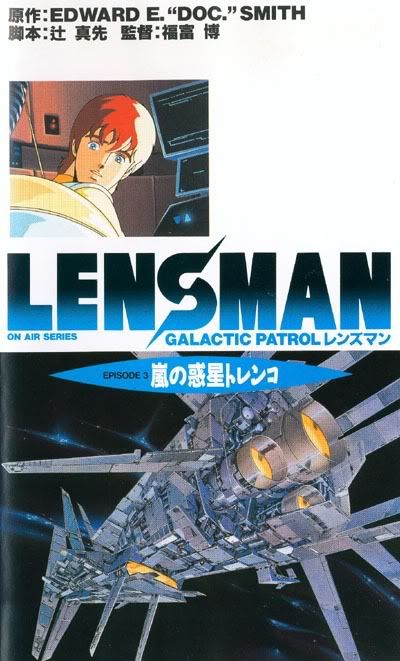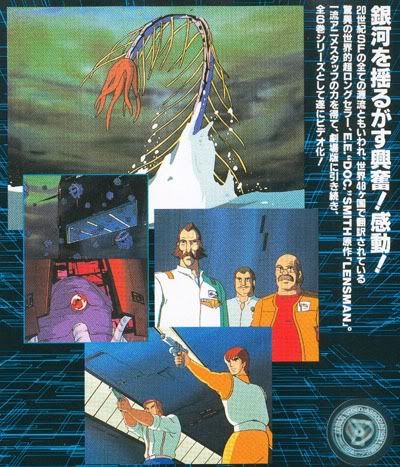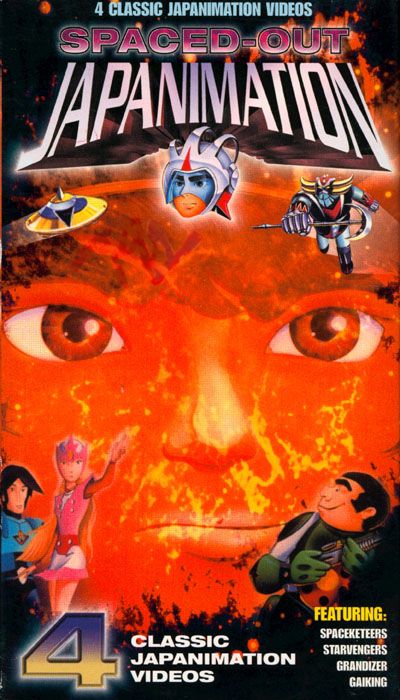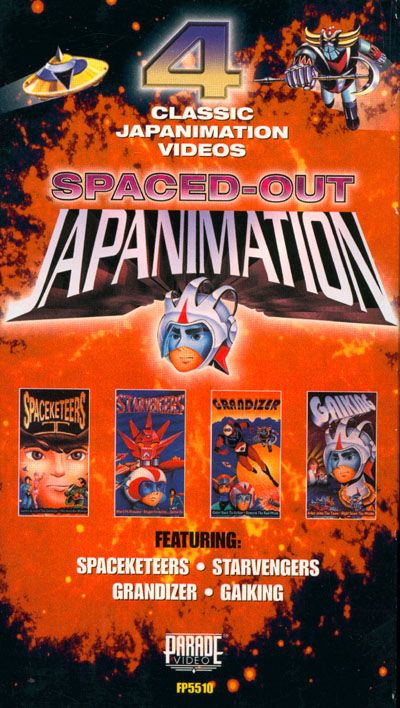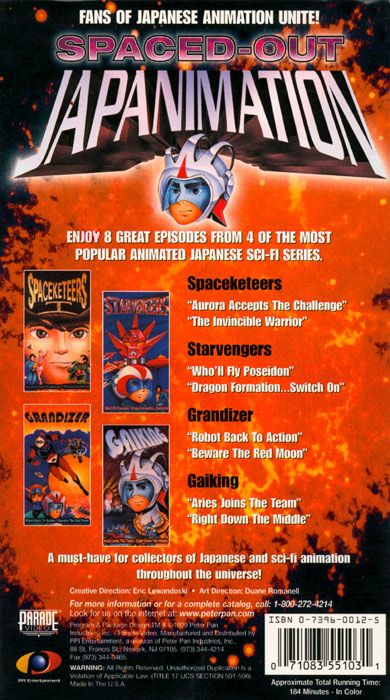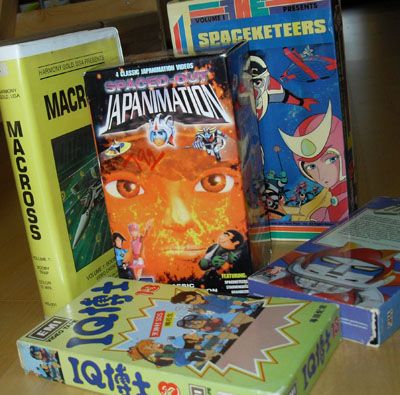Shrieking and honking its way out of the cough-syrup nightmares of a nation of feverish preadolescents, HELLHOUND LINER 0011 TRANSFORM! (Maken Liner-0011 Henshin Seyo!) is, barring my ignorance of an entire genre of movies about evil space amoeba-squids sending monster robot bugs to smash an Earth defended by children in giant space helmets and rocket-firing submachine guns aided by talking cybernetic pet dogs who occasionally transform into spaceship-combining super dog robots, a unique film experience.
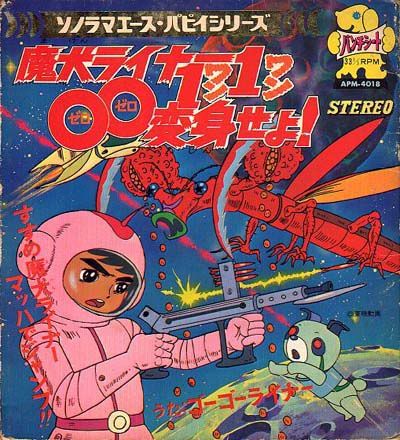
Americans of a certain age will remember our 70s cartoons; suffocated by emasculated parent-approved blandness, full of funny dogs and singing teenagers solving mysteries, interrupted with public service announcements by has-been actors eager to work off their drunk driving charges. This was a reaction to the acid rock psychedelic-biker-Manson Family grindhouse insanity that was creeping into our culture courtesy The Hippies, to be fought at every turn by the Silent Majority and their henchmen at Action for Children's Television. Japan had their own anti-cartoon crusaders, legions of kendo moms and PTAs agitating against Go Nagai's Shameless School and other national disgraces.
But while American producers knuckled under and wimped out, Japan doubled down on the wild, filling their 1970s kidvid with outlandish action-adventure quivering with barely repressed raw power. That's where HELLHOUND LINER 0011 comes in, and keep in mind this isn't some kind of weird desperate failure produced by some forgettable fly-by-night outfit. It's from Toei, the Walt Disney of the Orient, the industry leader in fantastical fantasy films for children, hosts of their popular Manga Matsuri summertime children's film festival, which in July of ’72 gave Japan's kids this story of friendly transforming robot dogs and their orphaned master seeking vengeance upon an entire race of deformed space devils.
HELLHOUND LINER 0011 TRANSFORM!, or as Toei would like you to know it, “Go Get Them 0011”, has a solid anime pedigree with direction by Takeshi (Captain Harlock, Great Mazinger, Grendizer) Tamiya and a script by Tsuji Masaki and Toei legend Yugo "Little Prince And The 8-Headed Dragon" Serikawa. However, it's Hiroshi Sasagawa whose imagination powers HELLHOUND LINER - the film is based on his 1963 Shonen King serial "Hellhound Goro", and Sasagawa would go on to a long and fruitful career at Tatsunoko, where he'd give TIME BOKAN its sexy Doronjo-sama and let CASSHAN's transforming robot-dog-jetplane Frenda out of the robot-dog-jetplane kennel.
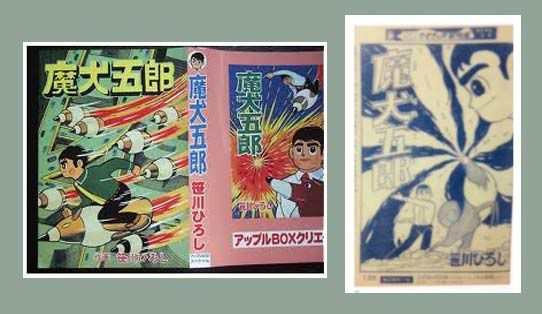
Sasagawa's original Maken Goro manga
The theater lights dim, the Manga Matsuri kids dial the popcorn-throwing back a notch. HELLHOUND LINER 0011 starts, and immediately you're assaulted by the soundtrack, deeply painful atonal free-form jazz, like Miles Davis, an irritable Miles who won't quit stepping on the goose that somehow got into his studio. There's all sorts of tinkly percussion, echoey beatnik scat vocals, reverb'd keyboards and a beefy sax that is simply drilling a hole into your skull. As the background for a children's cartoon, this is nothing less than a sneak attack. One imagines parents enduring twenty or thirty seconds of this before simply walking out of the theater and abandoning little Saburo to the mercy of whatever creepy deviant is stalking children in
Tokyo this week.
Parents, this is pretty much your cue to get out. Just get out.
As the credits roll we're treated to amazingly detailed cutaway diagrams of the inner workings of the various horrifying monsters that will soon be smashing civilization as we know it. "Civilization" for this picture is represented by Mid-Century Modern dome-parabola architecture, shining white concrete, enormous roads full of pointy space cars, and moving sidewalks to get our Citizens Of The Future from school to home and back again. Our hero Tsutomu Hayashi is a normal latchkey kid whose dad is a scientist with a little moustache and whose mom isn't around and may never have existed. Neighborhood kids make fun of Tsutomu because his dad predicts Earth is threatened by space aliens. And I don't blame them, that's pretty crazy. But it's OK because Tsutomu doesn't need human friends, his pals are four stray dogs. Don't you wish you had dogs this great? Three dogs like the puppies Ace, Jack, and Joker, and their mother Queen, who would stand by you no matter what? Sure you do.

As it happens Tsutomu will have the last laugh on the skeptics. Earth is, in fact, invaded by space aliens from the Planet Devil. They have a complicated multi-faceted approach to maximizing their Earth-invasion effectiveness while thinking outside the box in synergizing their impactful expectation-managing, involving creepy tentacle monsters, giant electro-mechanical insect demons, and legions of what appear to be cat-faced amoeba bugs, all led by bulb-headed freak Golgoth.
The first step in any Earth invasion? Kill all the scientists, as shown in a pre-title sequence where hapless weathermen are tentacle-violated. Professor Hayashi, noted anti-alien speaker, is the next target. The aliens "plant" a bomb disguised as a cactus (in a tasteful modernist crystal plant pot) inside the Hayashi home, in the hope that home decor accoutrements will go unnoticed in a woman-free household. However, our intrepid dog-mom Queen somehow knows the difference between an alien bomb and real plants, and, along with her three puppies, snatches the cactus grenade in her jaws and escapes to the woods just in time to be vaporized in a giant explosion. A heartbroken Tsutomu has lost his only friends. Or has he?
Soon it's Tsutomu's birthday and Junior is shocked. Queen and progeny are safe and sound! Absent Dad explains via videophone; even though their bodies were destroyed in the explosion, he was able to save their canine brains and implant them successfully into some dog-robot bodies, each with its own super dog-robot-body super power. Tsutomu gets a giant space helmet able to translate barks into human speech. Happy birthday!
It's during this magical videophone birthday present moment that the aliens attack Dad in his research center, and Tsutomu and his dog friends must embody the film's title and transform into Hellhound Liner 0011!

sure, why not
As hideous monsters emerge to destroy humanity, HELLHOUND LINER 0011 shifts into high gear. Tsutomu helmets up and his canine cyborg commandos transform into a super jet to invade the secret Devil sanctuary inside an erupting Mt. Fuji and destroy Stage One of the Devil plan. Earth's cities are engulfed in a horrifying nightmare as giant praying mantis monster Mandaras destroys bullet trains with his Super Sonic Knife and jet planes are sliced in half with his Rainbow Ray. And if that wasn't bad enough, Mandaras' swollen forearms burst open and birth thousands of disgusting metal-destroying ticks, which devour the Tokyo Tower.
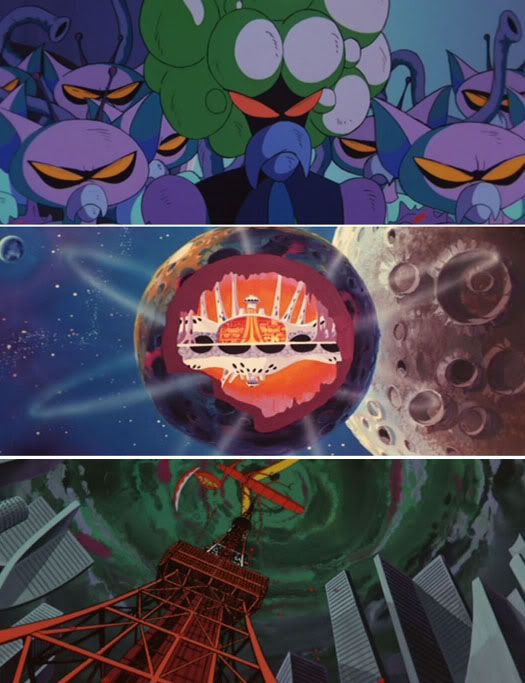
hideous monsters and their hollow hideous monster planet
Golgoroth helpfully informs Earth of their declaration of war via an experimental psychedelic short film containing one word, the kanji for "death", dripping with blood (subtle!). As the Devil Planet rains neutron bombs down on Earth, they prepare their ultimate plan - to use their Moon Bomb to shatter Luna and smash its remnants into our planet, killing everybody and ruining Earth for centuries. How will this benefit the Devil Planet? Who knows? They're devils! And as our world faces a desperate crisis Prof. Hayashi succumbs to his injuries, leaving Tsutomu alone with only cyborg dogs for company.
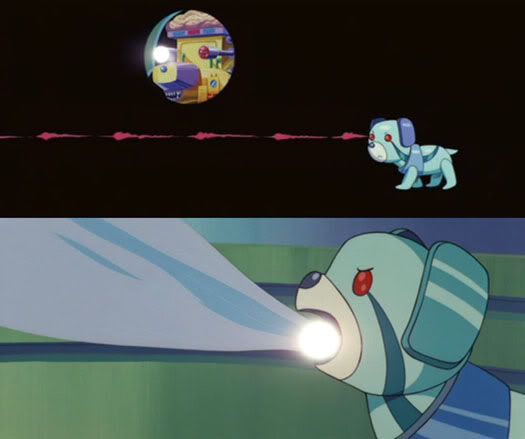
Though the Earth is set to launch their space fleet in a massive military assault, Tsutomu and Liner attack first and invade Planet Devil itself, unleashing an orgy of robot-dog ray-gun destruction on the space monsters. Ace uses his eye beam, Jack his fire breath, and Joker transforms into whatever comedy relief is necessary, while Tsutomu uses his father's final gift, an automatic ray gun that also fires rockets. They're opposed by legions of Devilians and the monsters Mandaras and Escargon, a giant acid-spitting snail with way more mouths than is necessary or tasteful. But together Tsutomu and the dog-cyborgs overcome all the monsters and stop Golgoth's Moon Bomb with less than one second to spare.
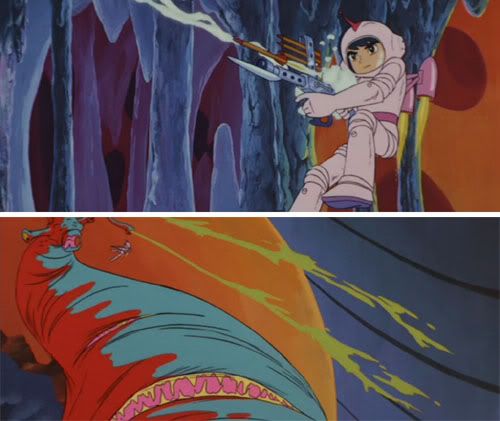
HELLHOUND LINER 0011 comes out of a thriving field of science-fictional juvenile adventure - it shares a lot of thematic DNA with Toei's 1970 Manga Matsuri flick 30,000 MILES UNDER THE SEA, which also features a young boy and his fairly implausible pet fighting giant monsters. 0011, however, raises the stakes at every opportunity. You’ll see a super mechanical fighting beetle shoot its head off and destroy a highway overpass, a talking dog with the voice of CYBORG 009's 007 (Machiko Soga!!) turn into a sexy centaur and wink at a 10 year old boy, the same boy who later dons a space suit to shoot rockets at a giant slug whose abdomen is lined with fanged jaws and whose eye-stalks shoot dripping acid, all accompanied by the piercing soundtrack by Takeo Yamashita, who wrote the score for the game show “I Crush The Perfect Crime Detective.”
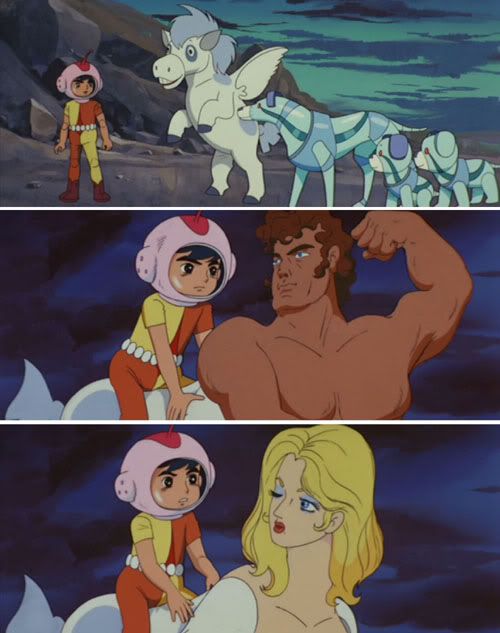
Remember these are ordinary dog brains. This is what dogs think about, apparently
Of course they can’t spend a lot of time on subtle nuance in a fifty minute film designed for a theater full of short-attention-span kids out on summer break and stuffed with candy. Like Toei's later Manga Matsuri shorts starring Mazinger Z, Devilman, Getta Robo, Grandizer, Great Mazinger, and various combinations thereof, the film throws us into the deep end and lets us drown in the sea of Macrodons and Mandarases. However, unlike a movie starring Mazinger Z or Kamen Rider, we have no idea who Hellhound Liner 0011 is, and we'll never see those characters again. 0011 is a one-off, a instantly dated snapshot of what Toei thought would entertain children for fifty minutes in between shorts starring Barom-1 and Chappy The Witch. No consideration was given to marketing, no focus group testing, no corporate long-term plans hampered the journey of this film from the subconscious to the movie screen.
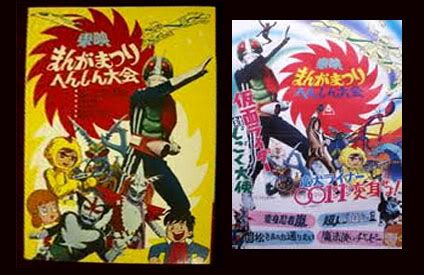
original Manga Matsuri posters for '72
As such, perhaps it gives us a unique look inside the surging, turbulent, media-assaulted psyche of the Japanese youth of 1972. Frightened of giant monsters and aliens and absent parents, wishing for friends and pets and birthdays, fascinated by rockets and space travel, desperately wanting a rocket-firing ray-gun of their very own. Which begs the question, do we want these things because we see them in these sorts of movies, or are things like this put in movies because they know what kids want to see? Maybe a little of both is at play here. I only know one thing for sure; one of those rocket-guns would. be. SWEET.
Special thanks and a tip of the Let’s Anime hat to Bluefixer for making this available!

